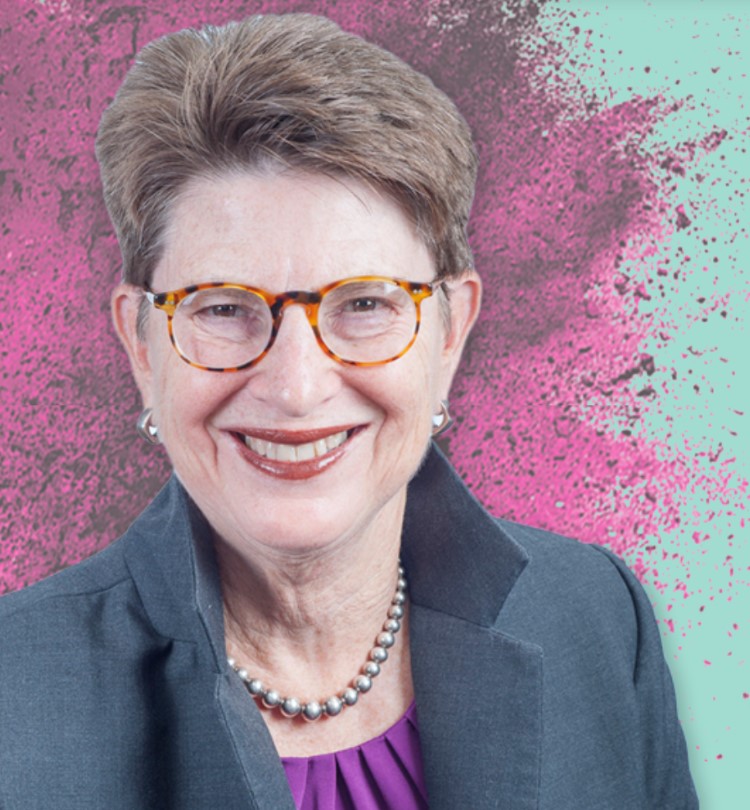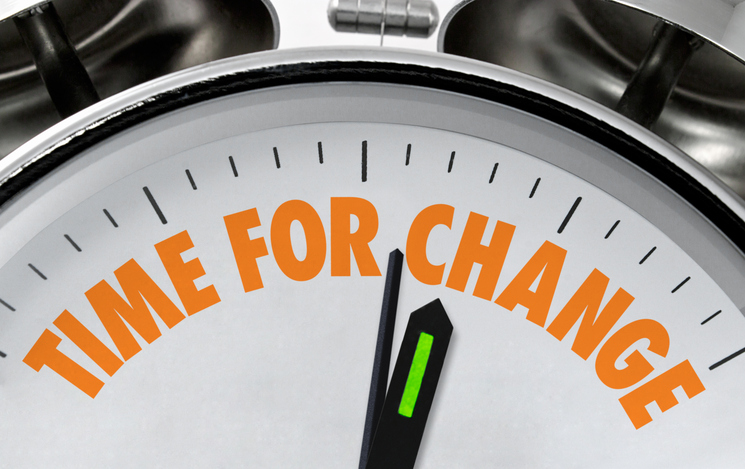How can you change your culture if you don’t know what your current one is?
Far too often, an HR professional is asked by his/her CEO to help transform their organization’s culture. One recent call to us was so typical, and frustrating to the individual who was calling. Without ever having evaluated her company’s culture, she could not tell me what culture the company had today or what the CEO wanted for the future.
To help guide her, I was happy to share my perspectives and provide some tools from a workshop I conducted for Eric Buehler’s November 2022 global forum: Enterprise Agility Global Conference. My talk was about how to adapt an organization’s culture during fast-changing times. The response was overwhelming. It was part of two days of excellent discussions about everything related to change: neurodiversity, creating compassionate leaders, organizational growth, the prioritized leader, how to spark innovation, loyalty and happiness in teams, overcoming barriers to female leadership…I could go on and on.
You can view the slideshow of my workshop here:
The times are changing, it’s time for change
Between the calls coming in and the response to my presentation, I can’t help but have a strong sense that there is something amiss in the world of work today. As Bob Dylan told us way back in the 1960s, “the times, they are a-changin’,” and they still are — perhaps even faster.
But change is painful to people. How can you make change your friend?
Change — from the way we work to the way we attend school to the way we interact with others — has disrupted most of our daily habits. The things we thought were true and sacred have become fake, false, uncertain or irrelevant. How can that be? Well, I like to say that the only truth is “there is no truth.”
As I began my presentation at the Enterprise Agility conference, I said, “We need to understand that what we live each day and believe to be our ‘reality’ and ‘normalcy’ stems from the story we have in our mind.”
Research has taught us much about this mind of ours. Guess what? It likes the familiar.
As children growing up, we frame our story and unknowingly watch how others help us craft it. Once we have this story in our mind, our mind does exactly what it thinks we want it to do. That story is so powerful that your mind only sees the things that conform to what your story believes is your reality, “true” or not.
It is no surprise then that a jolt to your routine — a pandemic-induced disruption to your workday and home life, for instance — leaves you in the most dangerous place for humans: betwixt and between. So during the worst health crisis in a generation, what did we do? We readjusted our lives: we worked remotely, wore masks, reduced our socializing in public and private spaces, and worried about every sniffle or cough. We learned a lot about how we can change our story and, with it, our lives. Consequently, we now have far more autonomy than we might have believed before this crisis. (By the way, I always preach: never waste a crisis).
In my next blog I’ll outline how to successfully bring about lasting change to an organization that is finding that “the old ways of doing things” are just that…old. Stay tuned!
Need a hand? We’re ready with a number of workshops and 1:1 guidance if you are ready to make change your friend.
At Simon Associates Management Consultants (SAMC), we are culture change experts who specialize in helping companies and the people who work for them realize that yes, “change is pain,” but they can change and actually do it well. Contact us to discuss how our team of specialized corporate anthropologists and business change management advisors can suggest ways you and your business can change to weather today’s many challenges (and crises) to achieve even greater success. We look forward to hearing from you.
From Observation to Innovation,
Andi Simon, Ph.D.
CEO | Corporate Anthropologist | Author
Andisimon.com
Info@simonassociates.net
@simonandi
LinkedIn




